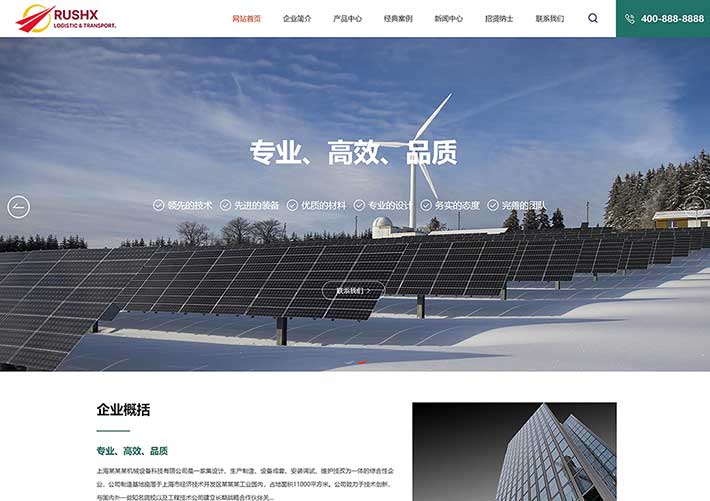網頁HTML源碼素材與網頁制作案例分析
在數字時代,擁有一個專業且吸引人的網站是企業成功的關鍵。本文將探討如何利用HTML源碼素材和網頁模板來制作高質量的網頁,并通過實際案例來展示這一過程。
網頁HTML源碼素材的重要性
網頁HTML源碼素材是構建網頁的基礎,它們包括HTML結構、CSS樣式和JavaScript腳本。這些素材可以大大加快網頁開發的速度,并確保網頁的一致性和專業性。以下是一些關鍵點:
結構化內容:HTML提供了網頁的基本骨架,包括頭部、主體和腳部等結構
。
樣式美化:CSS負責網頁的視覺表現,包括字體、顏色和布局等
。
交互性增強:JavaScript增加了網頁的交互性,如響應用戶操作和動態內容更新
。
HTML網頁代碼制作案例
案例一:待辦事項列表
這個案例展示了如何創建一個簡單的待辦事項列表,包括HTML結構、CSS樣式和JavaScript代碼。
HTML代碼:
html
<!DOCTYPE html>
<html>
<head>
<meta charset=”UTF-8″>
<title>To-Do List</title>
<link rel=”stylesheet” href=”styles.css”>
</head>
<body>
<h1>To-Do List</h1>
<input type=”text” id=”newItemInput”>
<button id=”addItemButton”>Add Item</button>
<ul id=”todoList”></ul>
<script src=”script.js”></script>
</body>
</html>
CSS樣式:
css
body {
font-family: Arial, sans-serif;
}
h1 {
text-align: center;
}
input {
padding: 10px;
font-size: 16px;
}
button {
padding: 10px 20px;
font-size: 16px;
background-color: #4CAF50;
color: white;
border: none;
cursor: pointer;
}
ul {
list-style-type: none;
padding: 0;
}
li {
padding: 10px;
border: 1px solid #ddd;
margin-bottom: 5px;
}
JavaScript代碼:
javascript
document.getElementById(‘addItemButton’).addEventListener(‘click’, function() {
let input = document.getElementById(‘newItemInput’);
let value = input.value;
if (value) {
let list = document.getElementById(‘todoList’);
let li = document.createElement(‘li’);
li.textContent = value;
list.appendChild(li);
input.value = ”;
}
});
這個案例展示了如何通過HTML、CSS和JavaScript的結合來創建一個具有基本功能的網頁應用
。
案例二:圖片輪播器
另一個常見的網頁功能是圖片輪播器,它通過HTML、CSS和JavaScript實現圖片的自動切換。
HTML結構:
html
<!DOCTYPE html>
<html>
<head>
<meta charset=”UTF-8″>
<title>Image Slider</title>
<link rel=”stylesheet” href=”styles.css”>
</head>
<body>
<div id=”slider”>
<img src=”image1.jpg” alt=”Image 1″>
<img src=”image2.jpg” alt=”Image 2″>
<img src=”image3.jpg” alt=”Image 3″>
</div>
<button id=”prevButton”>Previous</button>
<button id=”nextButton”>Next</button>
<script src=”script.js”></script>
</body>
</html>
CSS樣式:
css
#slider {
width: 500px;
height: 300px;
overflow: hidden;
}
#slider img {
width: 100%;
height: 100%;
}
這個案例通過設置圖片輪播器的大小,并確保超出部分隱藏,同時讓圖片自適應容器大小
。
結論
通過上述案例,我們可以看到HTML源碼素材和網頁模板在網頁制作中的重要性。它們不僅提供了一個快速啟動項目的途徑,還允許開發者和設計師在已有的基礎上快速構建和定制網站。掌握這些基本的HTML代碼和設計原則,可以幫助你創建出既符合現代標準又具有吸引力的網頁。




